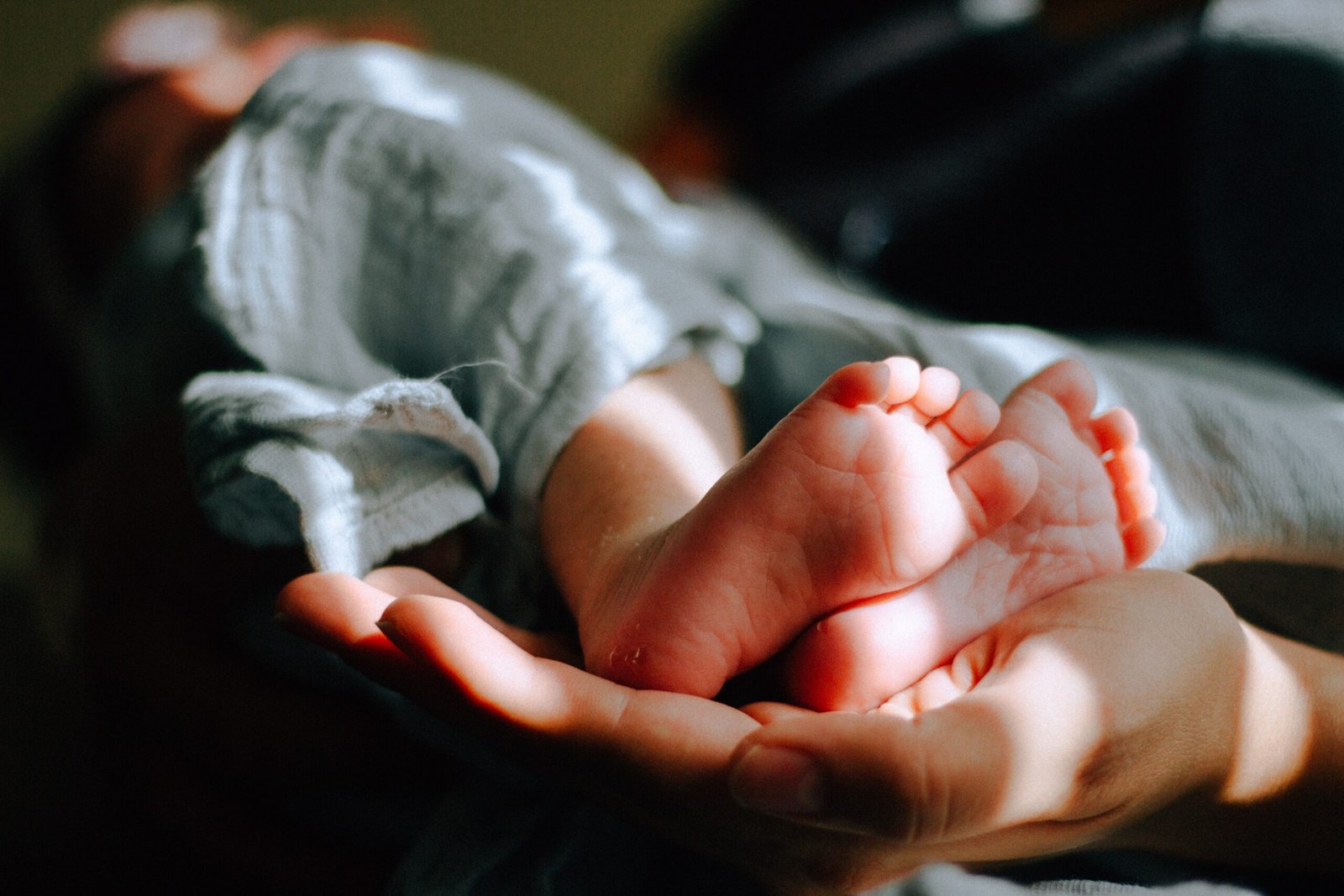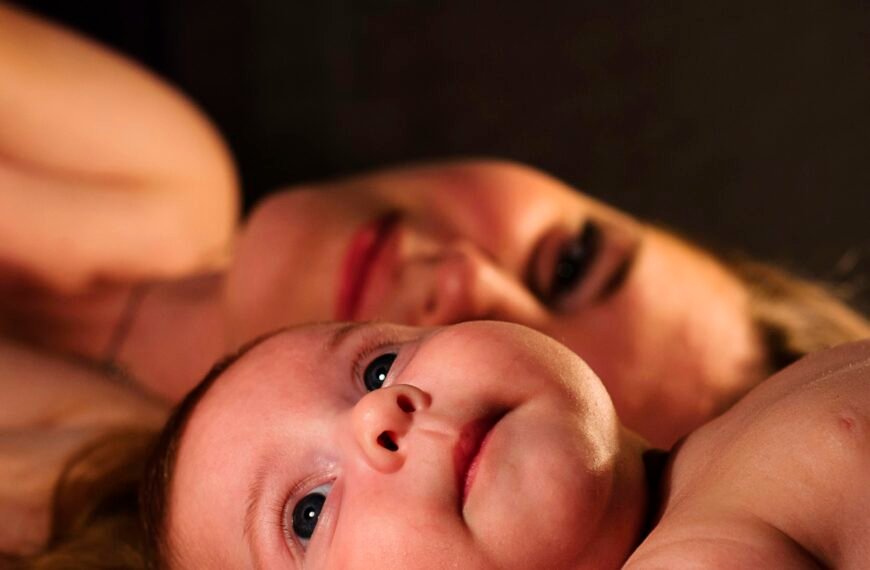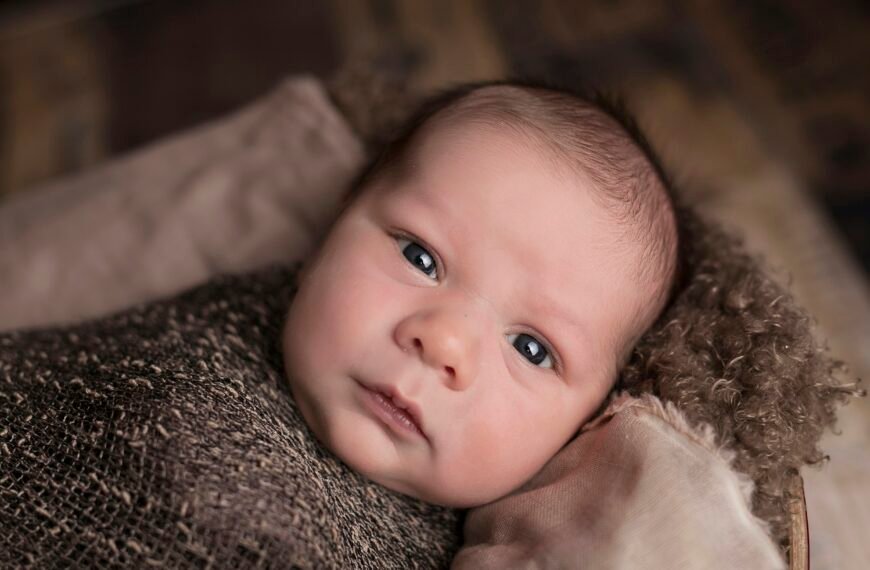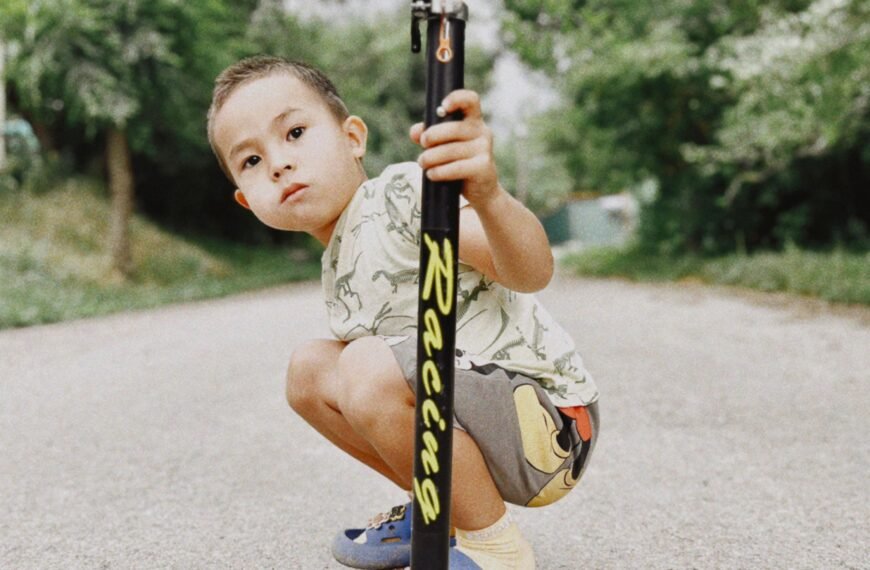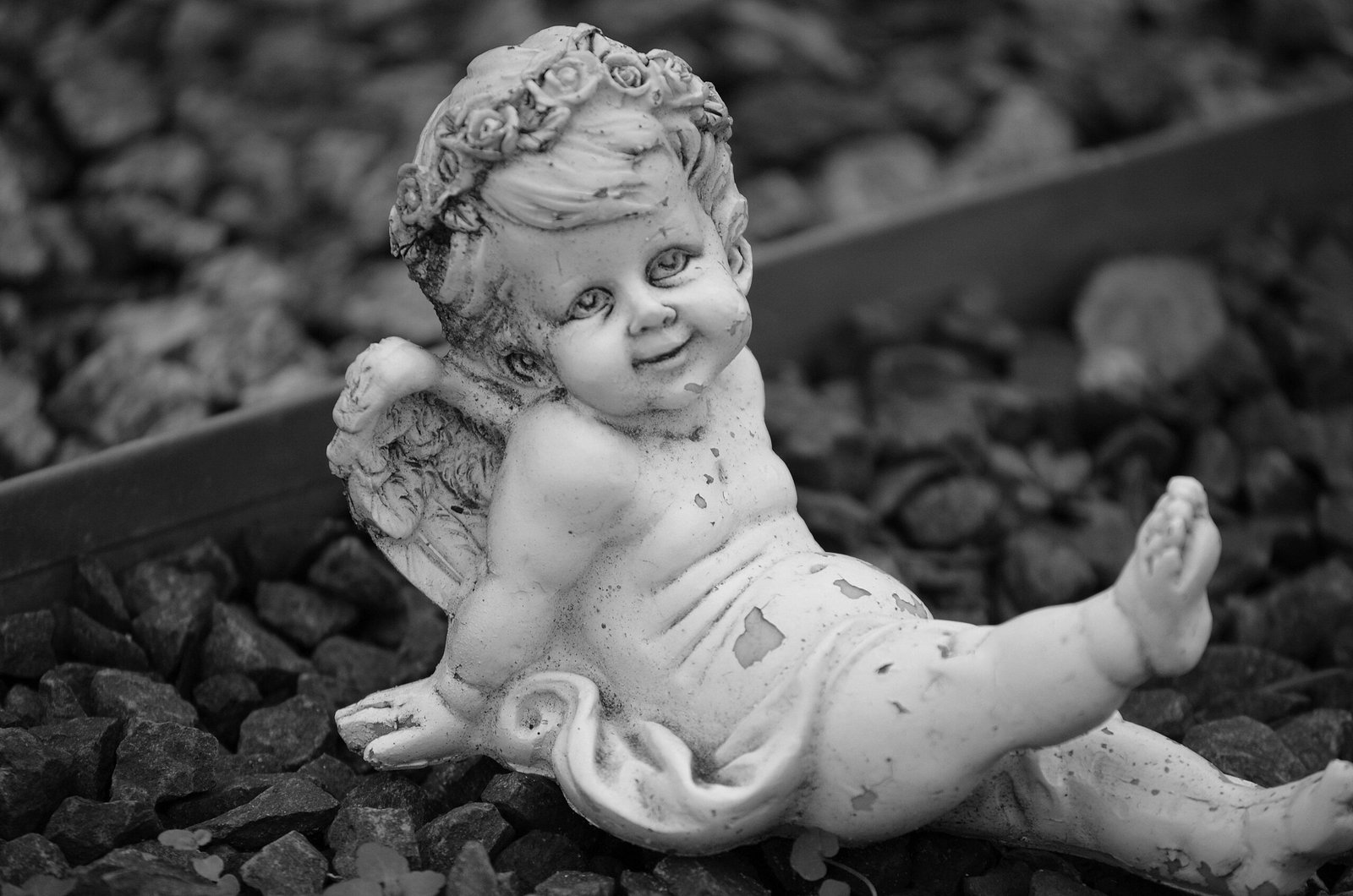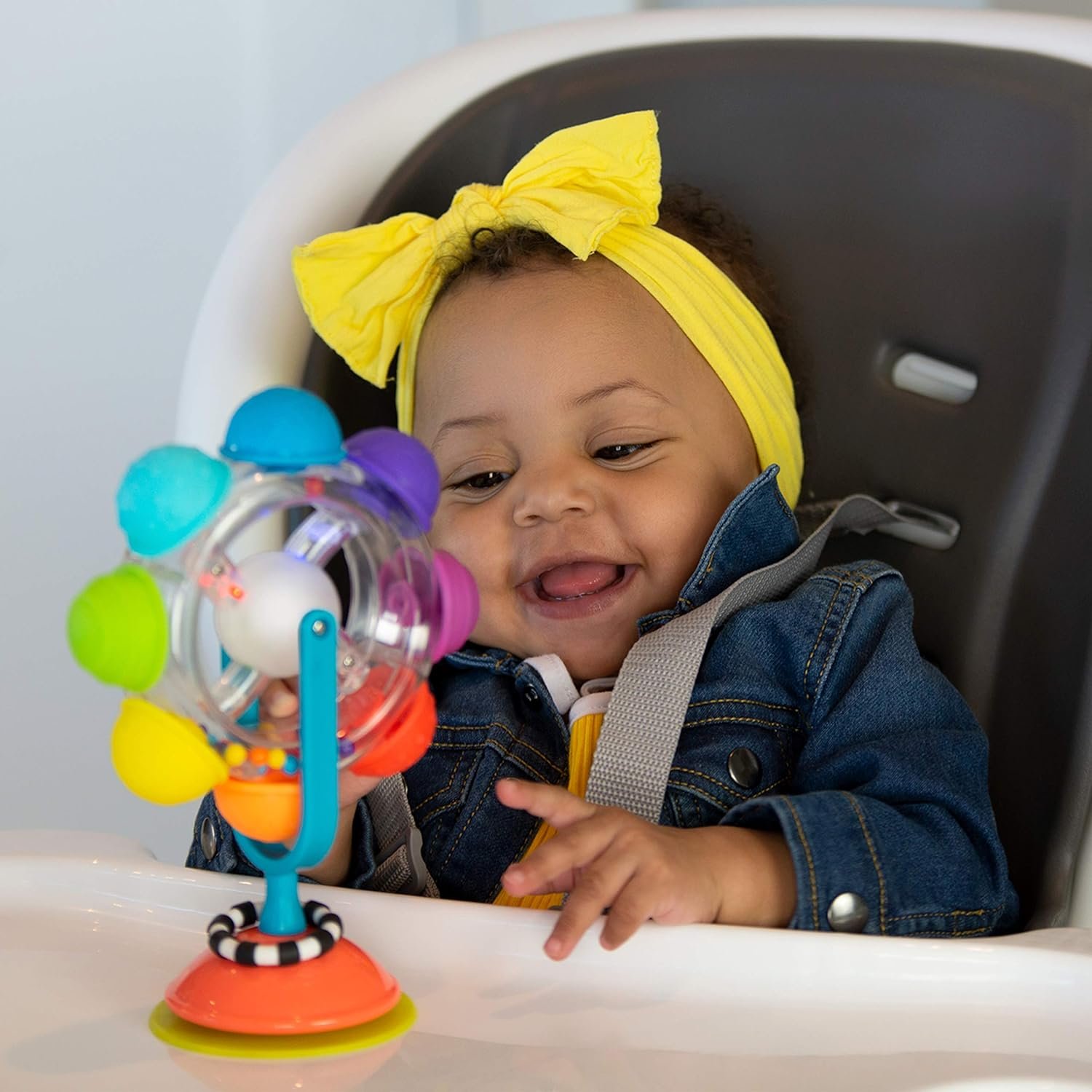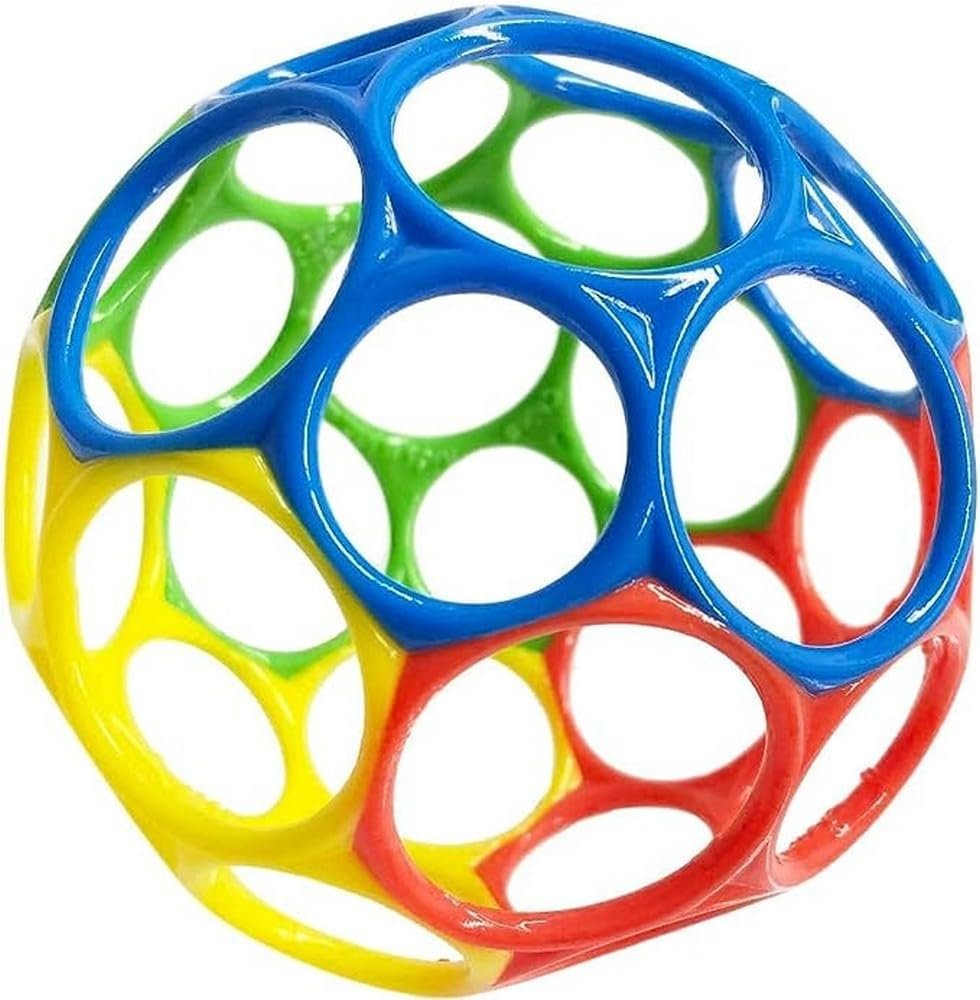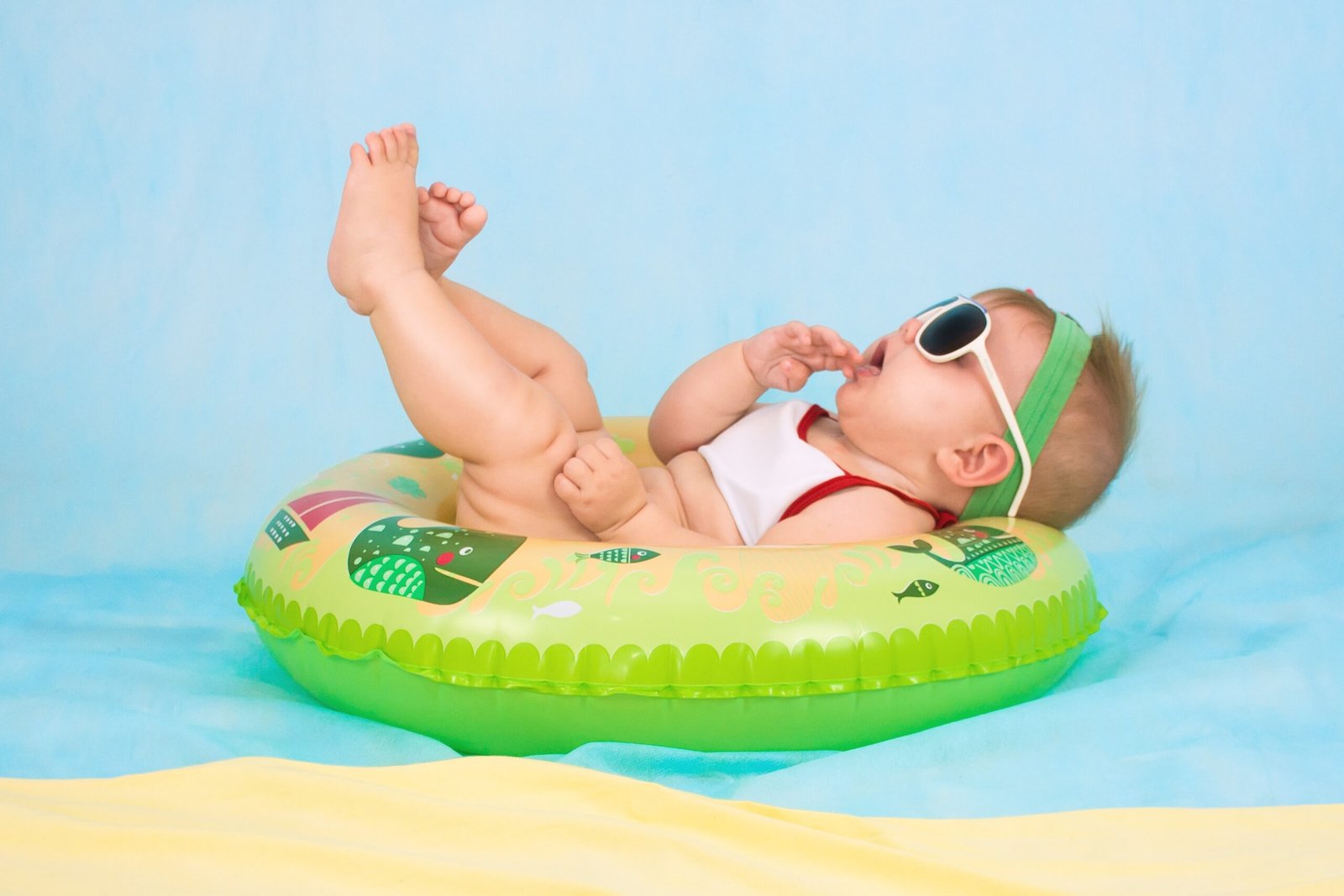Imagine this scenario: Your baby is happily splashing around in the bath, playing with their favorite toys. Suddenly, a moment of horror strikes as you see a suspicious object floating in the water. Yes, your little one has just pooped in the bath! As a parent, it’s important to know how to properly clean and sanitize the toys after such an incident. In this article, we will guide you through the steps on how to ensure the toys are thoroughly cleaned and safe for your child to play with again.
Check Baby Toys Guide & Review
Preparing for Toy Cleaning
Before you begin the process of cleaning your baby’s toys after they’ve had an unfortunate accident in the bath, it’s important to gather all the necessary supplies. Make sure you have a sink or basin with warm water, some mild soap or detergent, a clean washcloth or sponge, and a towel or drying rack. It’s also a good idea to have a separate area or container to sort and separate the contaminated toys from the clean ones.
Cleaning Plastic Toys
Plastic toys are among the most commonly found in a child’s bath collection, and fortunately, they are relatively easy to clean. Start by rinsing the toys under warm water to remove any visible debris. Then, wash them with a mild soap or detergent, using a washcloth or sponge to scrub away any traces of poop. Once the toys are clean, it’s time to sanitize them. You can use a diluted bleach solution or hydrogen peroxide to effectively kill any germs or bacteria. Finally, rinse the toys thoroughly with warm water and allow them to air dry or use a towel to speed up the drying process.
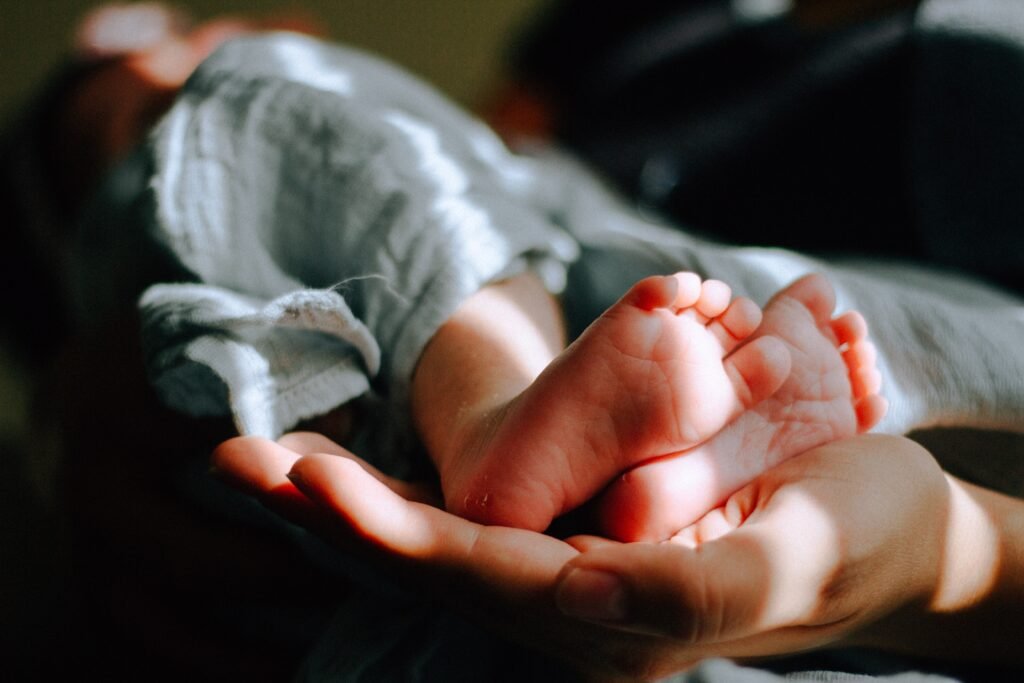
Cleaning Bath Books
Bath books, with their pages that can be submerged in water, require a slightly different cleaning process. Begin by removing any excess poop from the pages using a clean cloth or paper towel. Next, wash the books with warm water and mild soap, ensuring that each page is thoroughly cleaned. To disinfect the bath books, you can use a diluted bleach solution or hydrogen peroxide, making sure to follow the instructions on the product. After disinfection, allow the books to air dry completely before allowing your child to play with them again.
Cleaning Stuffed Animals
Stuffed animals often end up in the bathtub and can be a bit trickier to clean. Start by removing any visible poop using a clean cloth or paper towel. If there are any stubborn stains or spots, you can spot clean the stuffed animals using a mild soap and warm water. If the care instructions allow, you can also machine wash the toys on a gentle cycle. After cleaning, make sure to air dry the stuffed animals fully. If you’re using a dryer, choose a low heat setting to avoid damaging the toy.

Cleaning Rubber or Silicone Toys
Rubber or silicone toys, such as bath squirters or teething toys, can also be found in your baby’s bath collection. To clean these toys, start by removing any poop residue with a cloth or paper towel. Then, wash the toys with warm water and mild soap, making sure to clean all sides thoroughly. To disinfect these toys, you can use a diluted bleach solution or hydrogen peroxide, following the instructions for mixing and application. Rinse the toys with warm water and allow them to air dry completely.
Cleaning Wooden Toys
Wooden toys add a touch of nostalgia to bath time but require specific care to keep them clean. Begin by scraping off any visible poop using a plastic or wooden spatula, being careful not to damage the toy’s surface. Once the visible debris is removed, clean the wooden toys with a mild detergent and warm water. To disinfect the toys, you can use a diluted bleach solution or hydrogen peroxide, following the product instructions. It’s essential to allow the toys to air dry thoroughly before allowing your child to play with them again.

Cleaning Battery-Operated Toys
Battery-operated toys can be found in many children’s baths and require extra care during the cleaning process. First and foremost, remember to remove the batteries before initiating any cleaning. To clean the exterior of the toy, wipe it down with a clean cloth or sponge dampened with warm soapy water. Be mindful not to submerge these toys or any toys with electronic components in water. Clean accessible parts or crevices using a small brush and soapy water, ensuring that all surfaces are thoroughly cleaned. To disinfect, use a diluted bleach solution or hydrogen peroxide, following the instructions provided. After disinfecting, make sure the toys are completely dry before reinserting the batteries.
Cleaning Bath Squirters
Bath squirters can be a real delight for children during bath time, but they can also become dirty quite easily. Start by squeezing out any remaining water from the squirters to remove any potential contaminants. If possible, disassemble the squirters to thoroughly clean each component. Wash them with warm water and mild soap, paying attention to any nooks or crevices where bacteria might hide. To ensure proper disinfection, you can use a diluted bleach solution or hydrogen peroxide, following the product instructions. After cleaning and disinfecting, allow the squirters to air dry completely before reassembling and allowing your child to play with them again.
Cleaning Bath Puzzles
Bath puzzles are a fun and interactive toy for children, but they require careful cleaning to keep them safe and hygienic. Begin by separating each puzzle piece. Wash each piece with warm water and mild soap, making sure to clean both sides thoroughly. After cleaning, it’s important to disinfect the puzzle pieces. You can use a diluted bleach solution or hydrogen peroxide, following the instructions provided. Rinse the puzzle pieces with warm water and allow them to dry completely. Once dry, you can reassemble the puzzle and let your child enjoy it again.
Disinfecting and General Tips
When it comes to disinfecting, using a bleach solution or hydrogen peroxide can be highly effective. Be sure to follow the instructions on the product label and use the appropriate dilution ratio. It’s important to note that some toys, such as battery-operated ones or those with electronic components, should not be submerged in water. Always consult the manufacturer’s instructions for cleaning and disinfection to avoid damaging the toys. Regularly inspect your child’s toys for any signs of damage or wear and discard them if necessary. Lastly, don’t forget to educate your children about proper hygiene and discourage them from putting toys in their mouth to prevent the spread of germs and ensure their safety.
Cleaning your baby’s toys after they’ve had a mishap in the bath may not be the most glamorous task, but it’s an essential part of maintaining a clean and healthy environment for your child. By following these steps and using the appropriate cleaning methods for each type of toy, you can ensure that your baby’s toys are both clean and safe. So don’t hesitate to roll up your sleeves, gather your supplies, and give those toys the attention they deserve!

